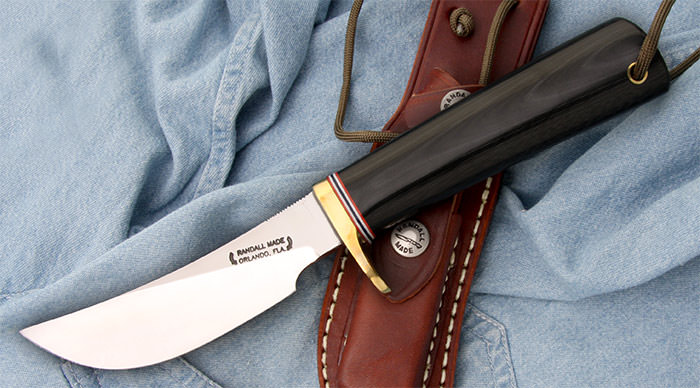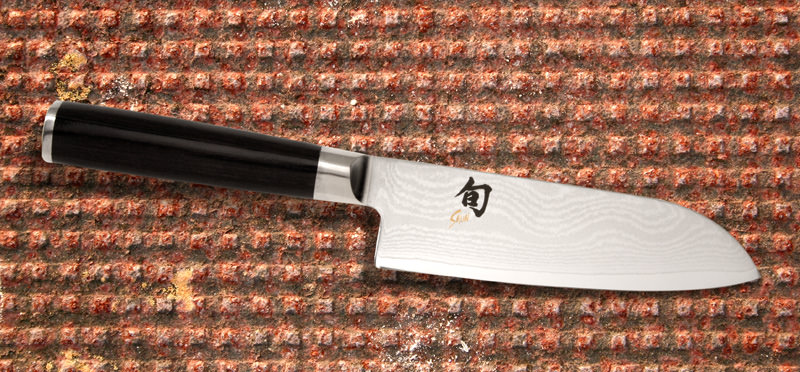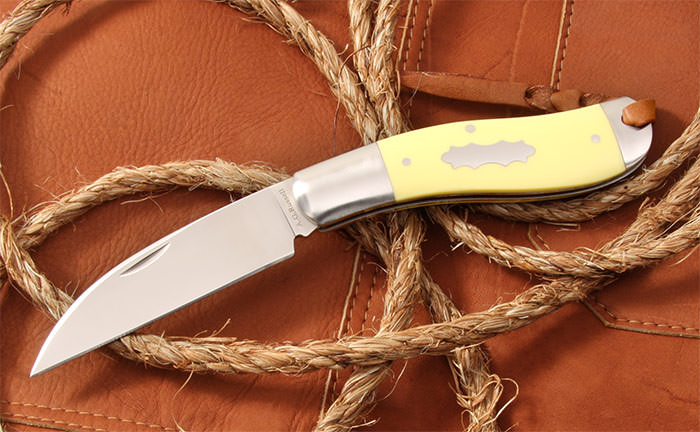The Point

The point on a knife is the part that pierces. Just like any other part of a knife design, there are compromises the designer has to make. To be the sharpest point that easily pierces, you need as little metal upfront as possible. For example, a needle pierces skin extremely well. The con being that the sharper the point, the weaker it is. A knife that thinned to the diameter of an actual needle for a point would be pretty useless, because the point would break the moment you pierce a material with any resistance to it.
Daggers are designed specifically to pierce (like the pictured Sting 3B). They have thin points, and both edges are sharpened so the knife cuts into the material from all sides. Because daggers are cutting in from both sides, with little metal up front to snag or catch, they offer the best design for sheer piercing and will offer little resistance when sliding into a soft target, compared to other knives.

The Benchmade Protagonist-Tanto uses the Americanized tanto format. It has a very strong point due to the spine being near full thickness very close to the point. It won’t penetrate as well as a dagger into a soft target, but the super strong point will not break after being thrust into a harder target. A thick leather jacket might break a dagger, but the tanto is going to survive the impact.
One trick you’ll see employed a lot to make a knife with a strong point better at piercing is to grind a false edge. A false edge is not ground as thin as a real edge, so it retains some strength. But it is thinner than the stock of the blade, so it has reduced resistance when sliding into a material.


Some knives put the point all the way down at the edge. The Japanese-style chef knife, the Santoku, put its point down almost to the edge. This knife is used for chopping food and for long slices. Putting the point down low allows for maximum straight edge length.

Two other blade types that put the edge all the way down at the edge is the Sheepsfoot and the Wharncliffe blades. The lowered point allows the user maximum precision cutting with the edge. A good example is my Wharnclife Blade Sowbelly. Precision cutting with the point is much easier. These cuts are made in a slicing motion, rather than thrusting. Exacto knives and box knives use this same format.
For those who need maximum point control for things such as dressing out game or as a defensive knife, you will want your point in be in line with your hand. This can be accomplished by dropping the point in a convex curve (drop point), a concave curve (clip point), or just a straight line. This goes back to my first Knife Characteristics article, where I talk about the invisible line from the middle of the handle. If you want to do any form of piercing, the point needs to be in line with your hand, and the closer to the middle it is, usually the best it is at piercing. Keep this in mind when selecting a defensive knife.

